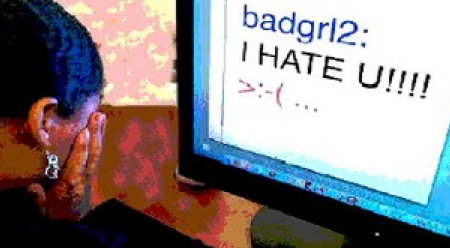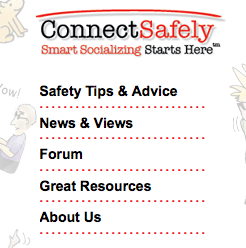We finally finished our unit on Digital Citizenship. The 3rd through 5th graders at White Oak Intermediate School are ready to have their technology instruction tailored to their needs. Below you will find lesson ideas for each grade level.
Third grade students will learn the proper technique to keyboarding. At the request of a third grade teacher, we will spend at least one technology period learning about the home row and proper keyboarding technique. I created a paper Mac keyboard using Corel Paintshop Pro. Click on the keyboard below to print out your own PDF version. The students will color the fingers and related keys the same color. They will practice proper keyboarding technique using Dance Mat Typing.
Fourth graders had an awesome day Friday celebrating Texas Day. You can check out the fourth grade teacher blogs to highlight pictures of the event by clicking here. Our principal, Mrs. Dickson, commented that they will have a great deal to write about. In technology, each class will collaborate on creating a slideshow of all the various aspects of the day. They will upload their Keynote slides in Google Docs to create one class slideshow. We will then share the slideshow using Slideshare. The teachers will post their slideshow on their blog, so check back often to see details of their amazing day!
Fifth graders are going to be using Photobooth on the Macbook and the greenscreen to video geography definitions. This will be our first attempt at using the greenscreen, and we are very excited. Mrs. McFall will post the completed geography terms on our blog, so don’t fail to check out her blog at http://mcfalla.wonecks.net in a few weeks. While preparing for this technique, I discovered how to download many more effects for use in photobooth. You can check it out here.









